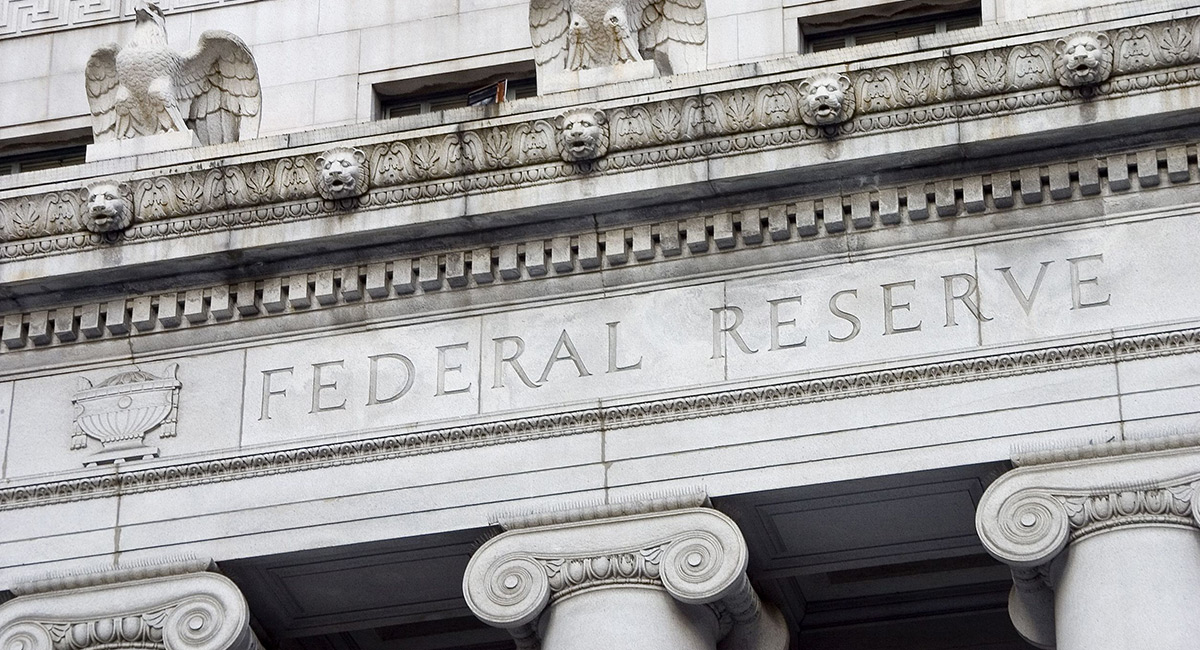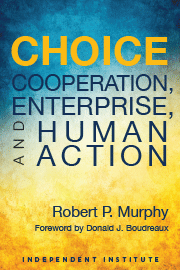There’s a lot to be said regarding the Fed’s surprise announcements—including its Sunday surprise of $700 billion in renewed QE and the complete elimination of all reserve requirements for banks—but here let me just focus on one element: the tendency for Fed officials and all the pundits to treat injections of “liquidity” as if they don’t count as much when distorting the economy. I’ve seen some analysts literally call the Fed’s repo operations “free” as opposed to fiscal policy, which they agree actually costs something.
These distinctions are phony. The Fed’s $1.5 trillion was a “handout” in the same way that a Pentagon fighter jet contract is a handout to a defense contractor. However, the defenders of the Fed are correct that financial institutions per se are not reaping extraordinary gains from the new policy. No, the primary beneficiaries of the Fed’s recent announcements are the holders of US Treasury debt (which includesinvestment banks, of course), as well as the US Treasury, which, after all, is the institution that issues new Treasury debt. The Fed’s massive wave of intended dollar-creation is designed to keep the liquidity of US government-issued debt close to par with US government-issued money.
Just think slowly through what the repo market is: it’s a market where firms sell their Treasury (or other very safe collateral) securities in exchange for actual dollars but also agree contractually to “repurchase” (hence the name) these Treasurys after a certain time. Now, there is an inbuilt (slight) difference in the sell/buy price, allowing the implicit lender of money to earn a return on it.
Especially for overnight loans of cash, the short-term repo market seems to be very secure lending. After all, the party advancing cash gets to hold on to the Treasury securities as collateral. Specifically, if the other party that needed the cash ends up being unable to repurchase the Treasurys, then the party that lent the money at least gets to keep them as compensation for the contractual default. So, the lender either (a) gets his cash back with interest or (b) gets to keep the Treasury securities.
Now what the Fed announced last week is that it will itself enter the repo market and be prepared to offer up to $1.5 trillion in (newly created) US dollars in order to allow institutions to pledge their Treasurys as collateral and borrow such vast sums. But these transactions won’t be overnight loans; instead, the $1.5 trillion consists of $500 billion bursts of financing in the one-month and three-month repo contracts.
The whole point of this Fed intervention was to keep the implicit interest rate in the Treasury repo market down to acceptable levels. In other words, if the Fed had not intervened, then repo rates would have soared. Remember, last September the repo rate suddenly jumped from about 2.2 percent to 6 percent in two days. That was deemed a crisis at the time, justifying the Fed’s large (and recently expanded) ongoing intervention in the repo markets.
It’s true that when fear grips the world, investors do look to US government debt as a “safe haven.” That’s why US government bond yields collapsed to record lows recently and stock markets are falling: many portfolio managers are switching from equity to fixed-income assets.
But what the spikes in the repo market reveal is that in the very short term, such as a period of 1–90 days, actual cash is king. Right now, asset managers do not at all view a Treasury security “as almost the same thing” as US dollars issued by the Federal Reserve. One way the market communicates such a change in risk appetites is a “skyrocketing” implicit interest rate in the Treasury repo market. People who control actual US cash right now are not as willing to see that transformed into an “equivalent” amount of Treasurys, and so they demand a higher compensation (interest return) to make the asset swap. This is the market process that the Fed is trying desperately to hammer away.
By announcing that it is willing to throw up to $1.5 trillion in electronically created money in order to give three-month loans to those institutions that have bought Treasury debt, the Fed is bailing out not only the holders of Treasury debt, but also the Treasury itself. The Fed is ensuring a healthy demand—now and in the perceived future—for Treasurys, since now private bond dealers won’t worry about a sudden change in liquidity for their asset.
If the Fed bought $1.5 trillion in military hardware, everybody would instantly recognize it as a gift to the defense contractors and their main suppliers, including assembly workers (who might live in the state of a politician who voted for the spending bill). Likewise, when the Fed announces $1.5 trillion in new financing available for a certain portion of the financial sector, it is a gift to those institutions and their suppliers, such as the Treasury Department which has run up the debt by an additional $1.1 trillion in the last twelve months.










